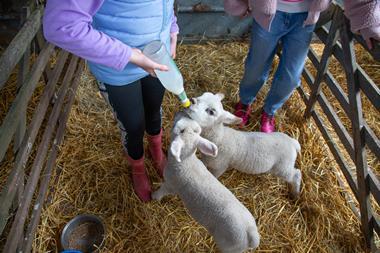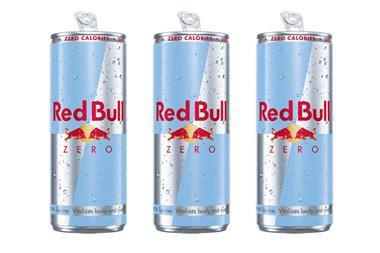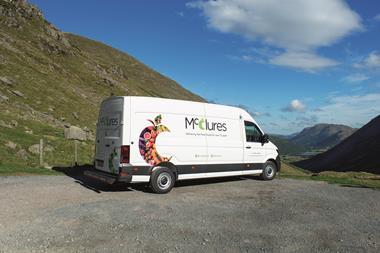Only a small proportion of the beef supply chain is properly organised with fair returns for all three participants - farmers, processors and retailers, says the National Beef Association.
The farmer body says the current system is “dysfunctional” primarily because retailers take a narrow selection of cuts and suppliers have to clear much of the carcase at a discount.
Chairman Duff Burrell said: “Just a handful of abattoirs are taking a pivotal role in procuring a regular supply of highly specified cattle through a structure that seeks to provide retailers with exactly the quality and type of beef they need.”
A common feature of these schemes, says the NBA, is a commitment from the retailer to take much more of the carcase and an equal obligation from the processor to pay significant premiums - anything between 20p-45p above current deadweight averages to farmers who hit specification targets.
“However, there is also a promise from finishers to deliver the right quantity of the right type of animal at the time they said they would,” said Burrell.
“These three factors produce a model that could be used by a much greater proportion of the chain than is the case now. Action to cut avoidable wastage at supermarket and abattoir level has to be taken at the same time as cost efficiencies are introduced on the farm.”
The NBA has also called for the adoption of a common formula for the calculation of beef production costs.
It says the most commonly used figures often do not include farmers’ full costs such as family labour.
The farmer body says the current system is “dysfunctional” primarily because retailers take a narrow selection of cuts and suppliers have to clear much of the carcase at a discount.
Chairman Duff Burrell said: “Just a handful of abattoirs are taking a pivotal role in procuring a regular supply of highly specified cattle through a structure that seeks to provide retailers with exactly the quality and type of beef they need.”
A common feature of these schemes, says the NBA, is a commitment from the retailer to take much more of the carcase and an equal obligation from the processor to pay significant premiums - anything between 20p-45p above current deadweight averages to farmers who hit specification targets.
“However, there is also a promise from finishers to deliver the right quantity of the right type of animal at the time they said they would,” said Burrell.
“These three factors produce a model that could be used by a much greater proportion of the chain than is the case now. Action to cut avoidable wastage at supermarket and abattoir level has to be taken at the same time as cost efficiencies are introduced on the farm.”
The NBA has also called for the adoption of a common formula for the calculation of beef production costs.
It says the most commonly used figures often do not include farmers’ full costs such as family labour.



















No comments yet